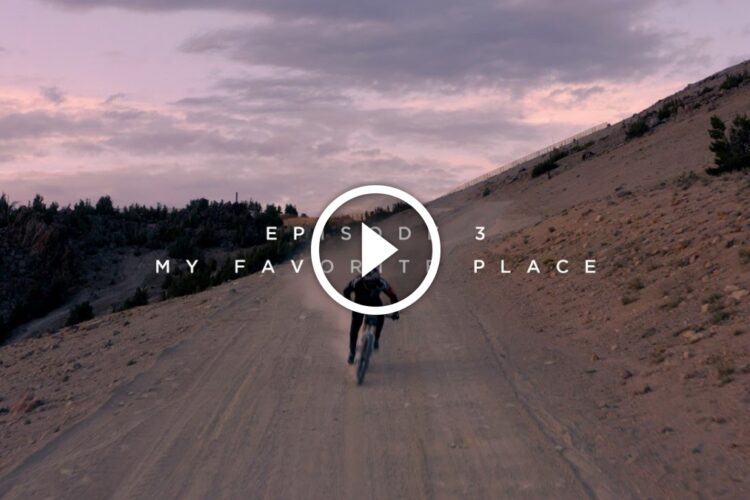
Veteran forest dwellers know well that, in addition to ripping as fast as possible through the trees on our hi-tech toys, there are a host of ways we can enjoy and appreciate nature. Sitting still in a quiet stand of trees or alongside a stream for a few minutes is one of the simplest steps toward learning about what all of the plants and animals around you are up to. On a good day, we can all learn some things about ourselves too.
After university, I worked for a few years with a program designed to help young adults develop the necessary life skills to hold down a job while they studied for their GED exams. The organization slipped in a tertiary motive of introducing their urban eyes to the endless wonders of the forest. Our main tasks were trail maintenance and building, and invasive plant species removal, paired with science and survival skills courses taught by a local naturalist one day each week. One of the skills that our resident naturalist shared is a practice called “Sit Spot,” and I want to pass her quiet gift on here.
Sit Spot suggestions

The most rudimentary elements of Sit Spots are something we all practice on solo adventures when we stop for a snack break. Sit down in a comfortable place and quietly observe your immediate surroundings. Educators and nature conservation professionals have added some structure to that simple sit to help us intentionally connect with the rest of the living world.
The first step is to find your Sit Spot. You may want to visit this plot regularly, so finding a space nearby can be helpful. Returning to the same space in nature that you will grow to understand and likely appreciate is an integral part of the practice. Do you have a favorite trail that consistently makes you feel better after you ride it, or a section of nearby forest that is special to you? That might be the place to start. In my spot there is a particular tree I prop against each time I visit, then take stock of what has changed and what I can see for the first time.

Once you are in your cozy place, with distractions switched off, inhale some deep breaths and listen long. Listen to where the water is, where the animals are, how the air moves past the trees, and which insects flit about. Search for the lowest and highest points on the land, the plants that fill your vision, what things storms have changed about the place, and any sign of animals living in or moving through the forest. Get a sense of what your spot smells like in a given season, temperature, or time of day.
The next step is to write or sketch what you have learned while observing your spot. You can scribble a journal entry of everything your senses pick up, draw a map, or devise your own unique way of recording the scene of your spot on a given day. Part of the fulfillment that folks on my trail crew often note about this practice comes when they look back through their Sit Spot record to see how the forest had changed, and often their own understanding of it had shifted as well. Some of them opted to record with their memory, in place of paper, which might work well if you possess elephant superpowers.

If you find yourself thinking about work or other distractions, that’s ok. Unlike some meditative practices, Sit Spots can be beneficial on days when “the zone” is elusive. You might enjoy looking for species of plants, fungi, or insects that you don’t know anything about, then writing their detailed descriptions so you can learn more about them when you return home. If your Sit Spot session is occasionally spent thinking about what you need to do with the rest of the day, it’s likely that process will be better outlined in the forest than it would in an office.
The amount of time you spend in your spot, and how frequently you visit is entirely up to you. Some nature-education guides recommend daily visits with set time limits. I find that there are more than enough “shoulds” throughout life, and so I prefer to go chill in the woods when it makes sense for me. The only methodological element of the Sit Spot practice that I will directly recommend is to occasionally put yourself in the same place, with the same view of the land, so that you can learn how the forest has changed since your last stopover.

I have found the Sit Spot practice to be the best fit for learning from, connecting with, and exploring nature, while practicing some “self-care” away from an otherwise hyper-stimulating existence. Given the amount of information we have all learned to consume, you might surprise yourself with what you can observe on a 5-minute squat in the woods. If you decide to give the practice a first-go, please share some of your experience with us in the comments. Alternatively, if you have an established Sit Spot routine, forest meditation practice, or another method of connecting with and learning from nature, please share them with our readers.





















1 Comments
Jul 12, 2021